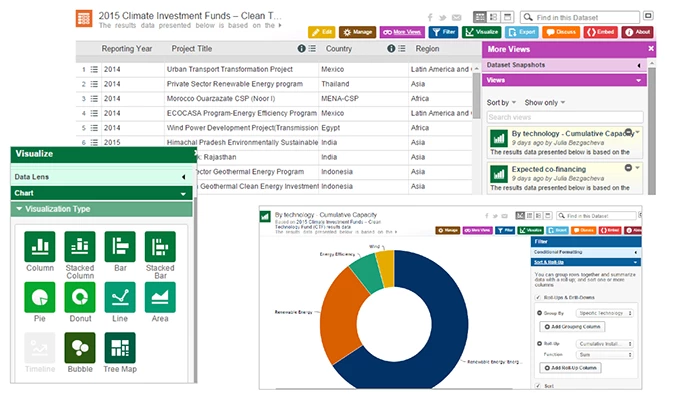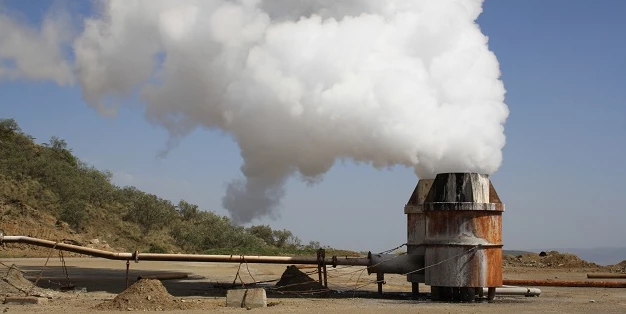
Data on financing and results
At the CIF, we aim to be open about what we know and open about what we do. In 2013, we were the first climate fund to publish our data with the International Aid Transparency Initiative (IATI). So this is the second time we’ve been first – as far as we know, no other climate fund has made their financing and results data available in this manner.
As we see it, international development is dynamic, so the data its programs generate should be too.
So what can you do with our data? Anybody can slice and dice our results in a variety of ways – and then share this via social media, track it on their smartphone via a mobile app or print off hard copies. This means all stakeholders – from donor countries to recipient countries to development practitioners to civil society to journalists – will have a ‘one-stop shop’ for data on our Clean Technology Fund and Scaling Up Renewable Energy Program.

Demonstrating the viability of renewables and large-scale projects
The CTF is financing large-scale country-led projects and programs in renewable energy, energy efficiency, and sustainable transport. Just last month, in a program partly funded by the CTF, the world’s largest Concentrated Solar Plant (CSP) plant – so big it can be seen from space – was inaugurated. The open data platform will help us keep track of the specific technologies we fund such as wind, solar, and others.
The SREP demonstrates the economic, social, and environmental viability of renewable energy in low-income countries. CIF funding – much of it from SREP – is expected to lead to more than one-quarter of the global installed capacity of geothermal energy, a low-carbon, reliable, renewable energy does not depend on the sun shining, the wind blowing or the capacity of batteries. Our open data will let users see the share among our on-grid, off-grid, mini-grid, and capacity building work.
Open, accessible, and easy to use data
Overall, this new open data resource provides insight into how much co-financing CIF dollars are expected to leverage. And using a variety of visualizations, users can see to what proportion of CIF funds go to which countries, which regions, and through which MDBs.

The tools are simple and user-friendly – there’s no need for any special software to view and filter data, and data can be downloaded in standard formats such as Excel, CSV and PDF for further analysis and use. You can even embed datasets and charts into blogs and web pages.
The phrase “Data Revolution” is much-used in development circles. For the CIF, this particular innovation is at the core of our objectives to be results-driven, open, and accountable.


Join the Conversation